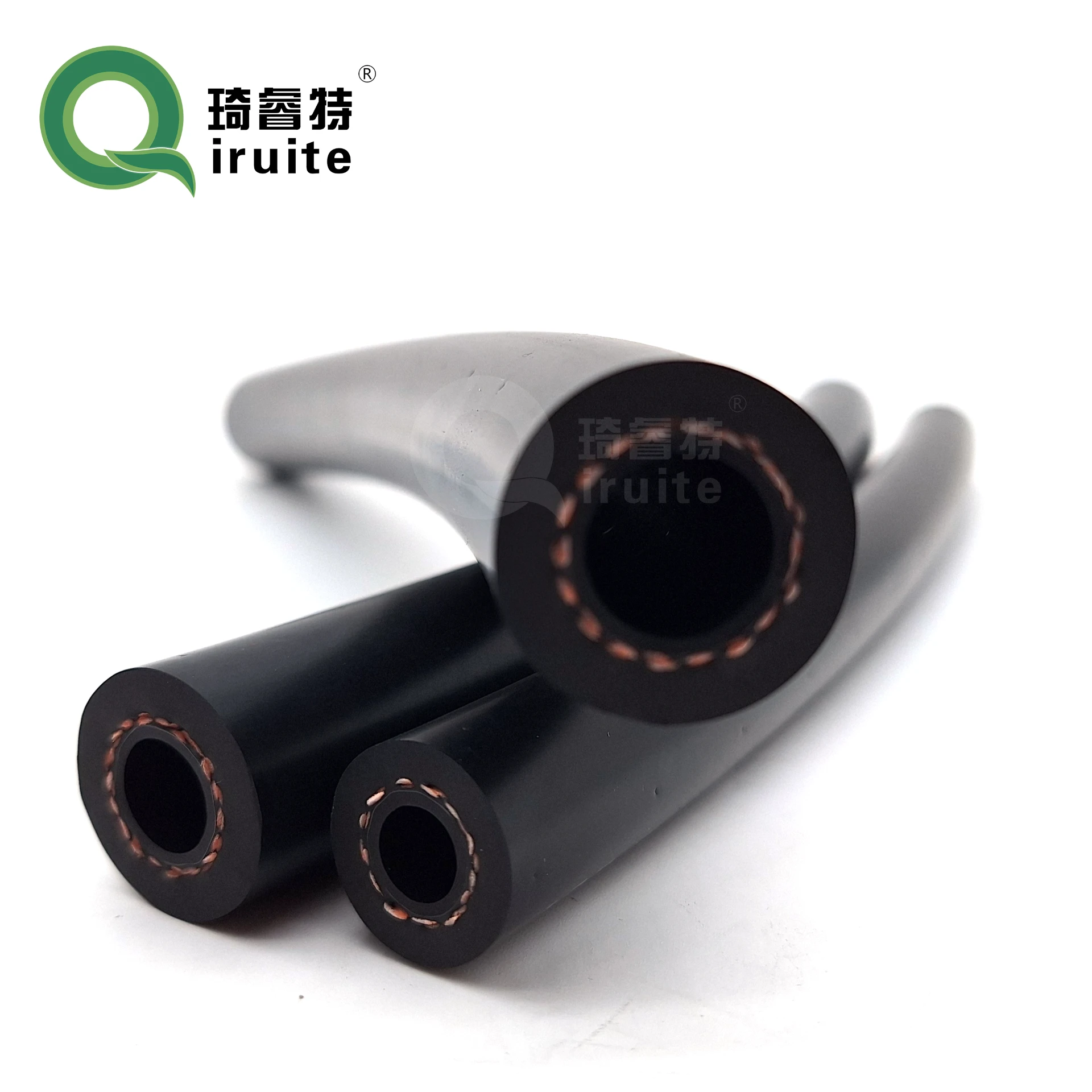Steps for Installing a Power Steering Hose in Your Vehicle
How to Install a Power Steering Hose A Step-by-Step Guide
Power steering is an essential component of modern vehicles, providing enhanced maneuverability and reducing the effort required to turn the steering wheel. A crucial part of this system is the power steering hose, which transports hydraulic fluid between the power steering pump and the steering gear. Over time, these hoses can wear out, leading to leaks and ultimately, diminished steering performance. If you find yourself in need of a power steering hose replacement, here’s a comprehensive guide on how to install one effectively.
Tools and Materials Needed
Before you begin the installation process, ensure you have the following tools and materials ready
- New power steering hose - Wrench set (both metric and standard) - Screwdrivers (flathead and Phillips) - Pliers - Jack and jack stands - Fluid catch basin - Power steering fluid - Safety goggles and gloves - Clean rags
Step 1 Preparation
1. Ensure Safety Park your vehicle on a level surface and set the parking brake. For safety, wear gloves and goggles to protect yourself from fluid spills and debris.
2. Lift the Vehicle If necessary, use a jack to lift the front of the vehicle. Secure it with jack stands to ensure that it remains stable while you work underneath.
3. Locate the Hose Depending on your vehicle model, the power steering hose may be located either on the driver’s side or the passenger’s side of the engine. Refer to your vehicle’s service manual for specific information about the hose location.
Step 2 Drain the Power Steering Fluid
4. Place a Fluid Catch Basin Position a fluid catch basin underneath the power steering fluid reservoir to collect any spilled fluid during the disconnection process.
5. Remove Fluid Using a suction tool or turkey baster, siphon out as much old fluid from the reservoir as possible. This will minimize spills when you disconnect the hoses.
Step 3 Disconnect the Old Hose
6. Identify Fittings Locate the connections of the power steering hose to both the pump and the steering rack. These are typically secured with fittings that may require either a wrench or a specialized tool to loosen.
how to install a power steering hose

7. Loosen and Remove Carefully use your wrench to loosen the fittings. Be prepared for some fluid to leak out when you disconnect the hose. Once loose, remove the old hose completely and set it aside.
Step 4 Install the New Hose
8. Prepare New Hose Before installation, compare the new hose with the old one to ensure they are identical in length and fitting size.
9. Attach the New Hose Starting with the pump side, connect the new hose by threading it onto the fitting. Make sure it is securely tightened to prevent any leaks.
10. Connect to Steering Rack Repeat the process on the steering rack side, ensuring a snug and leak-proof connection.
Step 5 Refill Power Steering Fluid
11. Refill Reservoir Once the new hose is securely installed, refill the power steering fluid reservoir with the appropriate type of fluid specified in your vehicle’s manual.
12. Bleed the System Start the vehicle and turn the steering wheel from lock to lock several times. This action will help remove any air trapped in the system. Check the fluid level after this process and add more if necessary.
Step 6 Check for Leaks
13. Inspect Connection Points After the fluid has been replenished, check all connection points for any signs of leaks. Address any leaking connections by tightening them further.
14. Lower the Vehicle If everything is secure and leak-free, carefully lower the vehicle from the jack stands.
Conclusion
Installing a power steering hose might seem daunting, but with the right tools and a little patience, it can be accomplished with relative ease. Regular maintenance of your power steering system can significantly enhance the performance and longevity of your vehicle. If you encounter any issues during installation or are unsure about any steps, do not hesitate to consult with a professional mechanic. Remember, safety comes first!
-
Ultimate Spiral Protection for Hoses & CablesNewsJun.26,2025
-
The Ultimate Quick-Connect Solutions for Every NeedNewsJun.26,2025
-
SAE J1401 Brake Hose: Reliable Choice for Safe BrakingNewsJun.26,2025
-
Reliable J2064 A/C Hoses for Real-World Cooling NeedsNewsJun.26,2025
-
Heavy-Duty Sewer Jetting Hoses Built to LastNewsJun.26,2025
-
Fix Power Steering Tube Leaks Fast – Durable & Affordable SolutionNewsJun.26,2025

